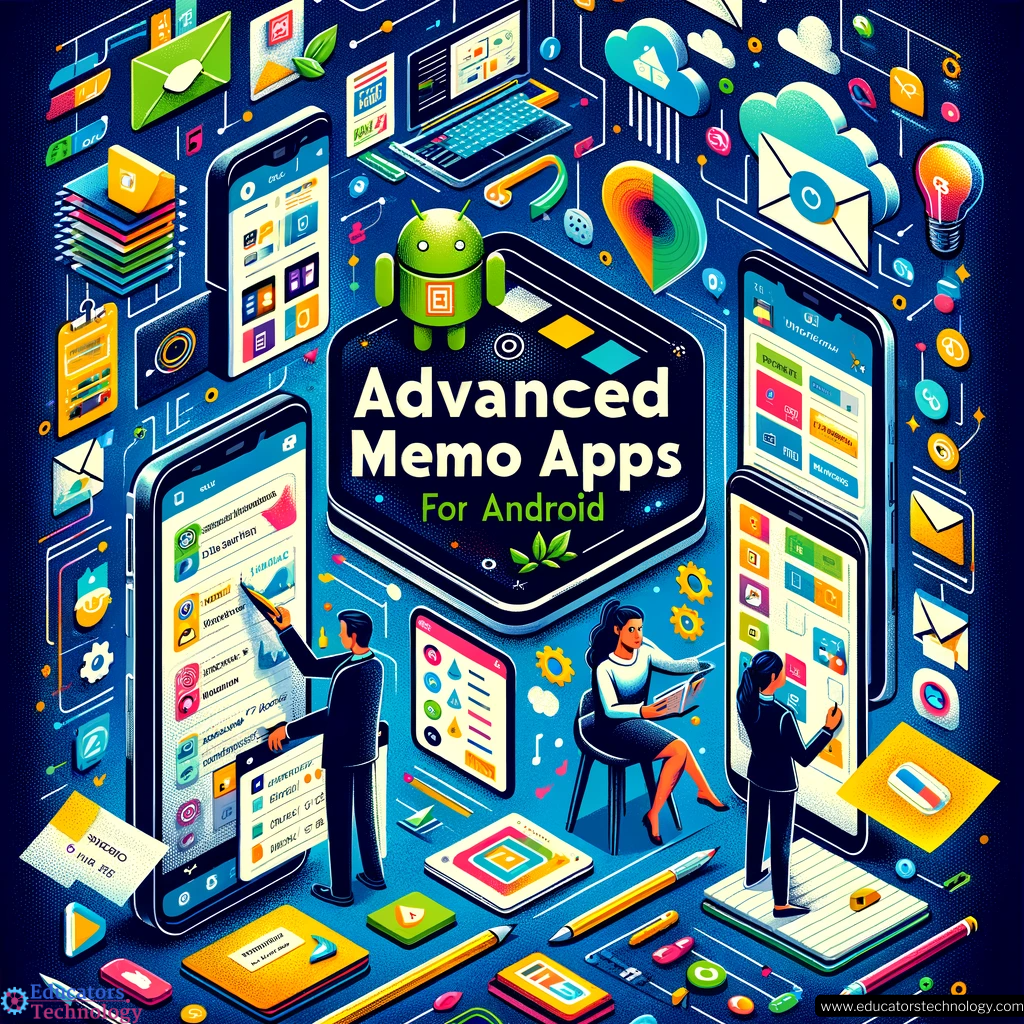Getting Gamification Right: Four Practical Examples to Help
The term ‘Gamification' was coined by computer programmers in 2002 and became trendy in 2009 thanks to Foursquare. By 2011, gamification was considered a buzzword when Gartner added it to its ‘Hype Cycle' list and today gamification is hotter than ever with huge corporations like Bayer, Colgate, Comcast, Facebook, Siemens, and Wells Fargo making it […]


The term ‘Gamification' was coined by computer programmers in 2002 and became trendy in 2009 thanks to Foursquare. By 2011, gamification was considered a buzzword when Gartner added it to its ‘Hype Cycle' list and today gamification is hotter than ever with huge corporations like Bayer, Colgate, Comcast, Facebook, Siemens, and Wells Fargo making it part of their day to day operations.
Despite its popularity, gamification is tough to get right. The good news is with a little bit of groundwork, some helpful tools, and the benefit of real world examples, it is pretty easy to ensure that a well-designed gamification program will be successful.
This article will explore four success stories, to help you envision what an effective gamification system looks like. Spoiler alert: it has to meet the needs of your workers and accomplish the goals of your organization. Let’s dive in.
Standing Out in a Crowded Industry
IT Cosmetics, a division of L’Oreal, was faced with the challenge of getting training materials into the hands of thousands of sales associates at retailers around the globe and ensuring their products stood out from all their competitors.
Working with The Game Agency, IT Cosmetics set out to create an interactive training program as engaging as Instagram and as addictive as Candy Crush. The end result is
a gamified learning management system, filled with games, activities, interactive videos points, badges, leaderboards, and tangible rewards to motivate increased engagement and improved performance. The platform has been popular with sales associates whose knowledge is up significantly and with their training team who are credited with delivering the fun.
Improving Efficiency One Game At A Time
Amazon is continuously focused on automating their warehouse process with a goal of eliminating the most repetitive and dangerous jobs. Over the past two years, the retail giant has been running a program that gamifies warehouse tasks and encourages competition among fulfillment center employees to increase efficiency. The program includes six mini-games that simulate a variety of warehouse assignments. Employee performance is recognized in the form of virtual goods and leaderboard status. Initially piloted in a handful of warehouses, Amazon is now expanding this program to warehouses in 20 more states throughout the country.
Serious Risk in a Safe Space
Banking carries a great deal of financial risk. Credit cards, business banking, auto lending and home lending can all be sources of fraud. Spotting issues before they spiral into something catastrophic is a vital skill for every team member involved in these transactions. On-the-job training is often very effective, but when the stakes are high, it isn’t always practical. Turning fraud awareness into a game gave workers at a major US bank the chance to learn in a low-stakes environment. The game takes individuals through the process of managing a portfolio. Along the way, workers learn about customer service, strategy, and the basics of lending and solve real-world problems without real-world consequences.
Crafting A Game for Process Improvement
Over the past decade, PepsiCo has trained thousands of employees on the team-based process improvement methods. Prior to the pandemic, this training was executed exclusively in classrooms. Last year the company considered suspending this training until classroom education was possible again. However, as the pandemic stretched further into the year, they chose to rework their training all together, adopting Minecraft, a game that lets users create three-dimensional worlds, go on adventures, interact with other characters, and solve challenges. Employees play a module within Minecraft focusing on Six Sigma learning principles, competing against one another to build pallets fast and with few errors. The player experience is not about points or leaderboards. It’s about improving the process. Trainees spend 45 minutes in the game, and then regroup to discuss their experience. Since it’s December 2020 roll out, trainees have expressed excitement about participating and there has been a significant increase in passing scores of final tests.
What we’ve learned through decades of gamifying learning is that there is no catch-all solution. Just as with other corporate training methods, game-based learning works best when there is a clear end-goal, games are tailored to the target learners, and the objectives can be reasonably met through gaming.
When you set realistic expectations and create a roadmap to reach those objectives, gamification can have a lasting impact on your organization in a measurable, positive way. The fun workers will have along the way is just a bonus.





































